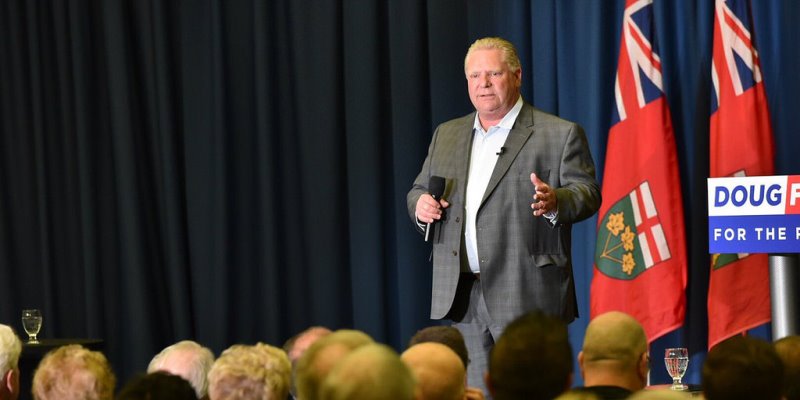Ford government remains Wynne-like with the deficit

Last week, a special “Blue Ribbon” panel on Alberta’s finances published its final report, which includes a plan to balance Alberta’s budget and stop the province’s rapid debt accumulation.
Among other things, the report recommended freezing nominal government spending for four years. The four-year time horizon is at least one year longer than past examples of successful fiscal consolidation efforts in Canada, and Alberta still must produce a plan to restore its long lost tax advantage, particularly on personal income taxes.
Still, the report represents a serious detailed plan to get back to balance during the current Alberta government’s term. Unfortunately in Ontario, we’re still waiting for the same.
In the spring, the Ford government tabled its 2019/20 budget, which included a five-year plan to balance Ontario’s budget—fives years is longer than this government’s first term. The decision to continue to run budget deficits for such a long time carries significant risks and will place substantial new burdens (in the form of debt interest payments) on future Ontario taxpayers. In crucial respects the Ford government’s gradualist approach to deficit-reduction is similar to the fiscal policies of its predecessors including the Wynne government.
Let’s start with the most obvious downside of the government’s “slow and steady” approach to deficit-reduction—the large increase in debt. Ontario’s debt burden is forecasted to increase by $48.2 billion between 2018 and 2023. The consequence of so much debt? Annual interest costs will rise to $15.5 billion annually. That’s money unavailable for other important priorities and services Ontarians enjoy.
Second, taking a slow approach increases the risk that, at some point, the economy will underperform relative to expectations. A five-year plan relies on the economy growing as expected for half a decade. A slowdown or recession will push the balanced budget even further down the road.
Canadian history underscores these points. Historically, the most successful deficit-elimination efforts tend to be fast-moving like in the 1990s when the federal government and many provinces swiftly eliminated large deficits in two or three years.
Our history is also replete with counter-examples of unsuccessful deficit-reduction strategies. Consider Ontario which, under premiers McGuinty and Wynne, laid out a seven-year plan to eliminate the deficit. The result? The budget was never actually balanced and Ontario’s debt ballooned.
It’s therefore discouraging that the Ford government’s deficit-reduction strategy is so similar. Consider that over the five-year period starting in 2011, the McGuinty and Wynne governments annual deficit-reduction averaged $2.38 billion annually—small potatoes compared to the $19 billion peak deficit Ontario faced at the end of the 2008/09 recession.
As for the Ford government’s plan? It calls for almost the exact same rate of deficit-reduction—$2.41 billion per year. Ontario is expected to face budget deficits every year in the Ford government’s first term.
The 2019/20 budget represented a step forward from the unrestrained spending of recent years under Premier Wynne. But it’s not nearly enough. To regain its long lost reputation for sound public finances, Ontario needs further reforms and spending reductions.
Author:
Subscribe to the Fraser Institute
Get the latest news from the Fraser Institute on the latest research studies, news and events.

